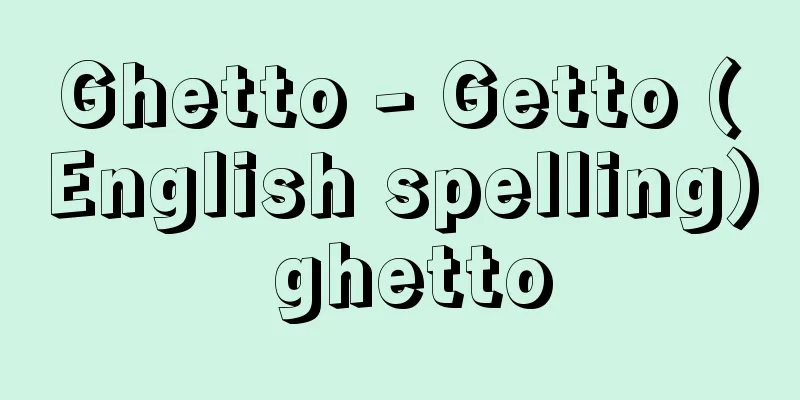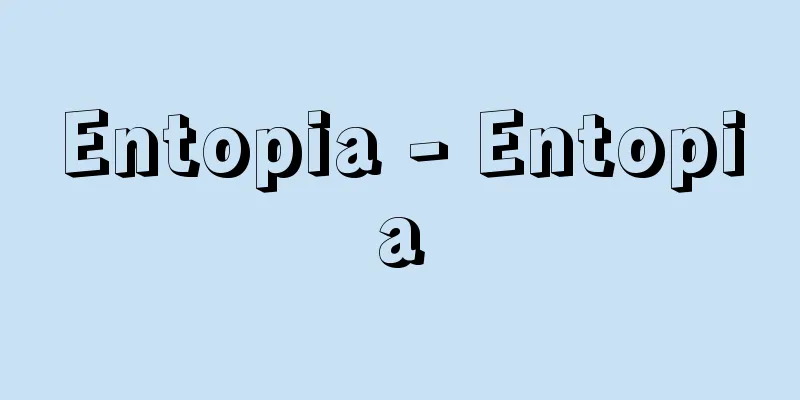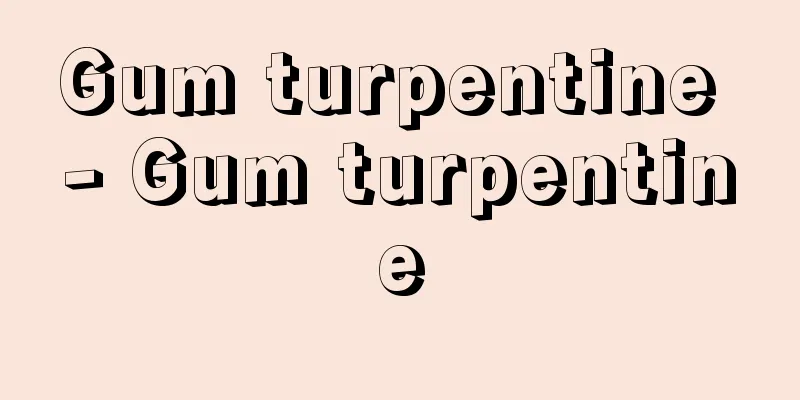Ghetto - Getto (English spelling) ghetto

|
The term was first used in the early 16th century to refer to the Jewish quarter of Venice, Italy, and its Italian origin comes from the Hebrew get, meaning "isolated." Historically, under the medieval European urban system, it referred to a Jewish neighborhood that was legally isolated from other residents, usually surrounded by a wall and with one or two gates to the outside world that were locked at night. It was gradually abolished under the influence of the French Revolution. The concentration camps established by Nazi Germany to exterminate the Jews during World War II were also called ghettos. In modern times, the term is also used to refer to areas that Jews voluntarily chose or built, and in American cities, slum areas where non-Jewish immigrants and others first settled are sometimes called "Italian ghettos," for example. However, the ghetto in the United States today is the black ghetto. It is an area in the center of a city, also called the "inner city" or "central city," where the black population is very high. It has a strong slum aspect, with poverty, unemployment, poor housing, and other inequalities in all aspects of social life concentrated. However, unlike the medieval Jewish ghettos, the black ghettos, which were segregated without legal restrictions, are not necessarily slums, since in addition to the working class of blacks who migrated from the southern rural areas and urbanized, which constituted the core of the ghetto, wealthy or middle-class blacks also live there. Historically, they were formed around existing small black residential areas in large cities and industrial cities in the North and Midwest during World War I as a result of class domination and racial prejudice, and as a result of self-defense measures for black independence and solidarity against them, and are the product of the established American monopoly capitalism. After that, they were further strengthened and expanded by the urbanization of blacks who were driven off their land due to the mechanization of southern agriculture and other factors. [Takenaka Koji] Source: Shogakukan Encyclopedia Nipponica About Encyclopedia Nipponica Information | Legend |
|
この用語は、16世紀初期にイタリアのベネチアにあったユダヤ人地区に対して使用されたのが最初で、このイタリア語の語源はヘブライ語の「絶縁状」を意味するgetに由来する。歴史的には、中世ヨーロッパの都市制度のもとで、法律によって他の住民から隔離されたユダヤ人居住区をさし、通常、周囲を壁で囲まれ、外の世界に通じる一つか二つの門は夜には鍵(かぎ)が下ろされた。フランス革命の影響でしだいに廃止された。第二次世界大戦中ユダヤ人絶滅のためにナチス・ドイツによって設けられた強制収容所もまたゲットーとよばれた。現代ではユダヤ人が自発的に選択ないし建設した地域についても使われ、アメリカの都市ではユダヤ人以外の移民などが最初に居住するスラム街を、たとえば「イタリア人ゲットー」というようによぶこともある。 しかし今日のアメリカ合衆国におけるゲットーとは、黒人ゲットーである。これは「内部都市」とか「中央都市」ともよばれる都市中央部の、黒人居住率がたいへん高い地域で、貧困や失業、劣悪な住宅、その他社会生活全域にわたる不均等が集中的に現れ、スラム街の側面を強くもつ。しかし、中世ユダヤ人と違い、法律によらないで隔離された黒人ゲットーは、中心をなす、南部農村から移住して都市化した黒人労働者階級のほかに、富裕な、あるいは中産階級的な黒人も住んでおり、かならずしもスラムとはいえない。歴史的には、従来あった黒人の小居住区を核として、第一次世界大戦期、北部や中西部の大都市や工業都市に、階級支配と人種的偏見、それに対する黒人の自立と団結のための自己防衛措置の結果形成されたものであり、確立期アメリカ独占資本主義の産物である。その後も、南部農業の機械化などによって土地を追われた黒人の都市化により、いっそう強化、拡大された。 [竹中興慈] 出典 小学館 日本大百科全書(ニッポニカ)日本大百科全書(ニッポニカ)について 情報 | 凡例 |
Recommend
Taneda Santoka
Haiku poet. Born in Hofu Town, Yamaguchi Prefectu...
Namikata [town] - Namikata
A former town in Ochi County, occupying the northe...
Evaporite - Evaporite
Rocks formed when water from an ocean or lake (esp...
Onnekotan Island - Onekotanto
A volcanic island in the northern part of the Kur...
Sabellius
Sabellianism was a heresy (along with Arius) that ...
Dry Lake - Kanko
An area where the lake water has evaporated or run...
Cross-country race
Also called a cross-country race. A long-distance ...
Kappinto - Kappinto
An armed group of peasants active in central and s...
Saxe-Coburg-Gotha (English spelling)
…In 1714, following the death of Queen Anne, the ...
Ogarite - Ogarite
...At that time, wood industry complexes began to...
Yunmeng County - Yunmeng County
…Furthermore, knowledge of the ancient state of t...
Brola
A port city in southwestern Albania, facing the Gi...
Giant molecule - Giant molecule
When an atomic group formed by chemical bonds cont...
Chaya Shirojiro - Chaya Shirojiro
A wealthy merchant in Kyoto from the Azuchi-Momoy...
Law Concerning Special Provisions of the Commercial Code Concerning Audits, etc. of Corporations - Law Concerning Special Provisions of the Commercial Code Concerning Audits, etc. of Corporations
…In 1965, a series of large-scale bankruptcies be...









